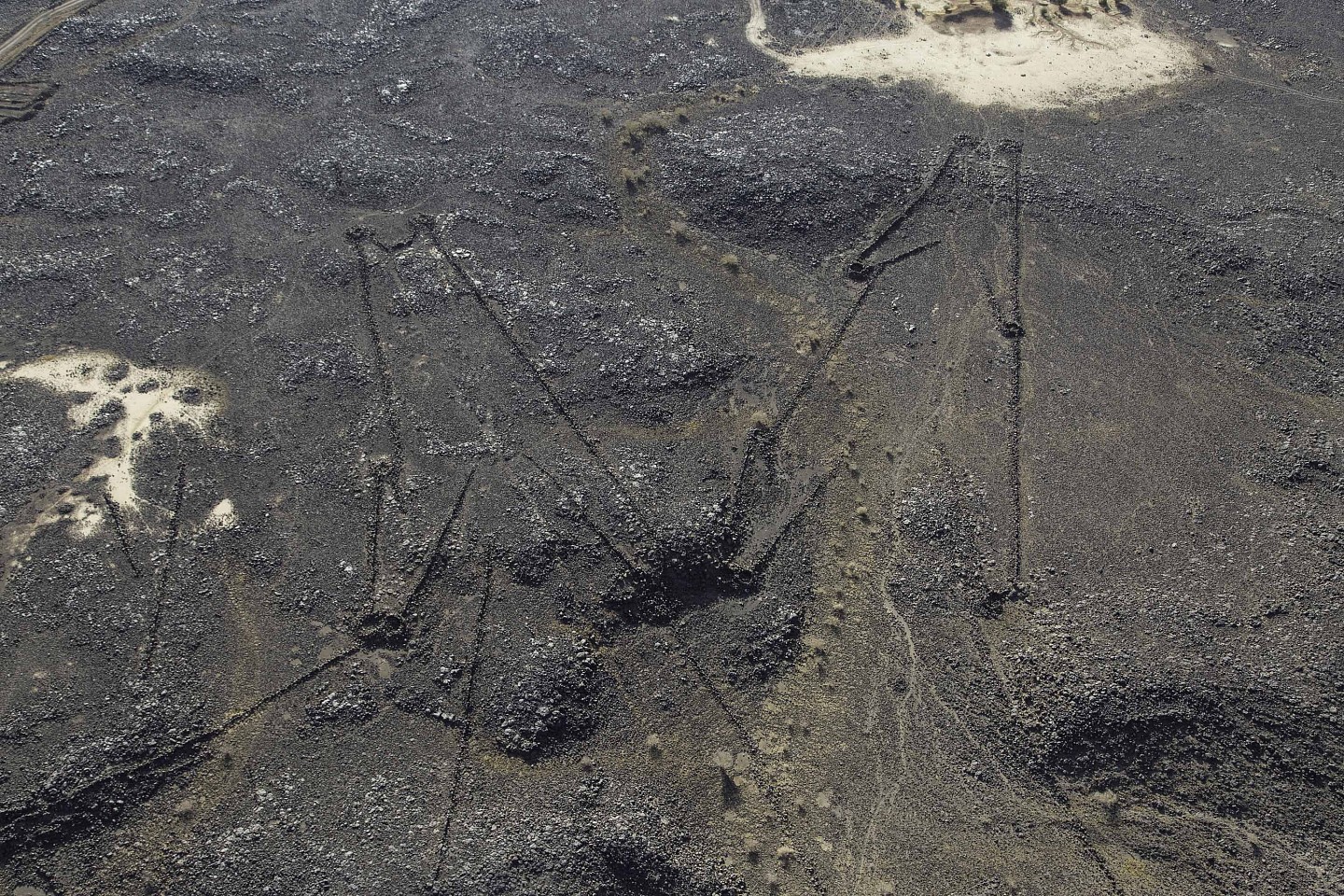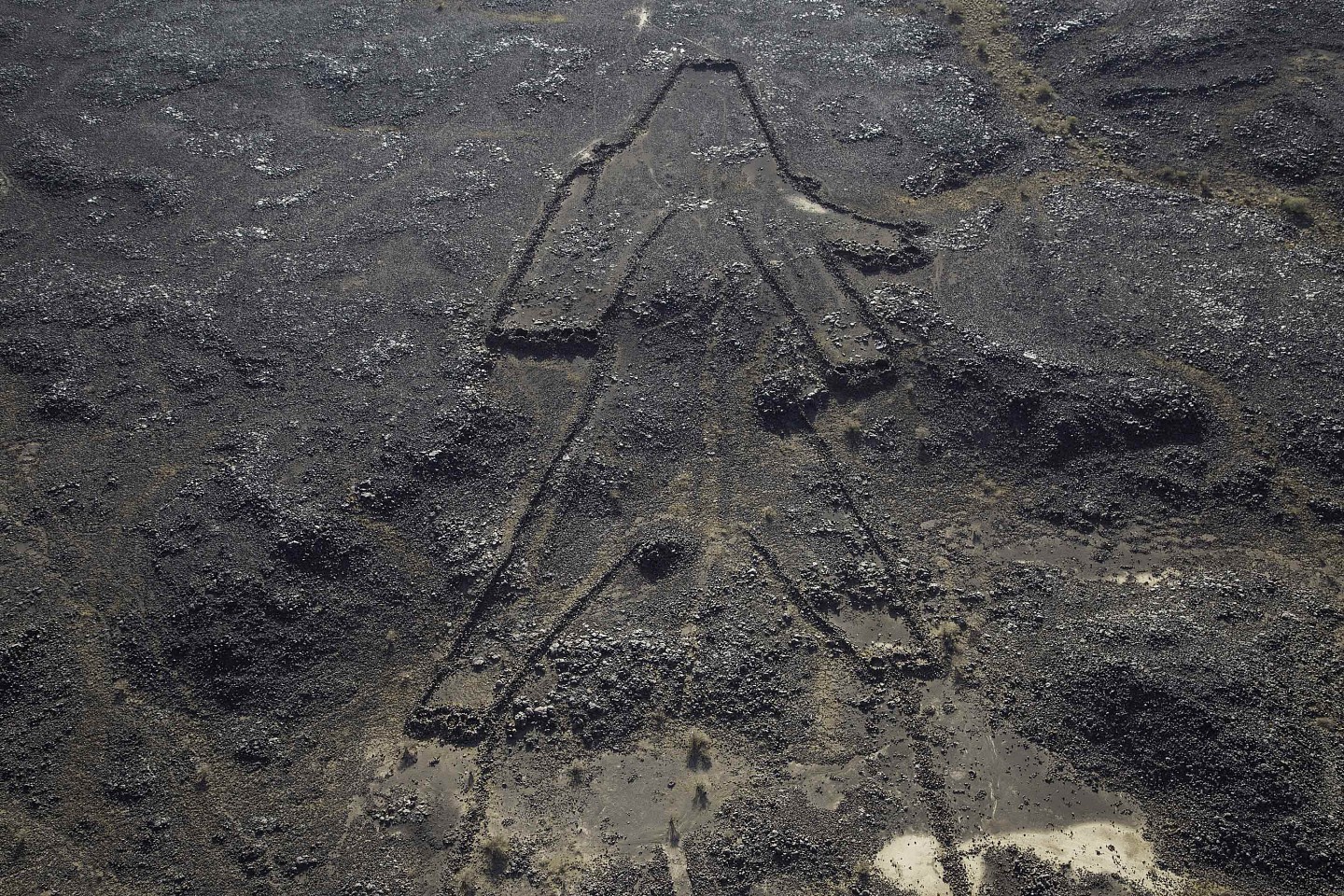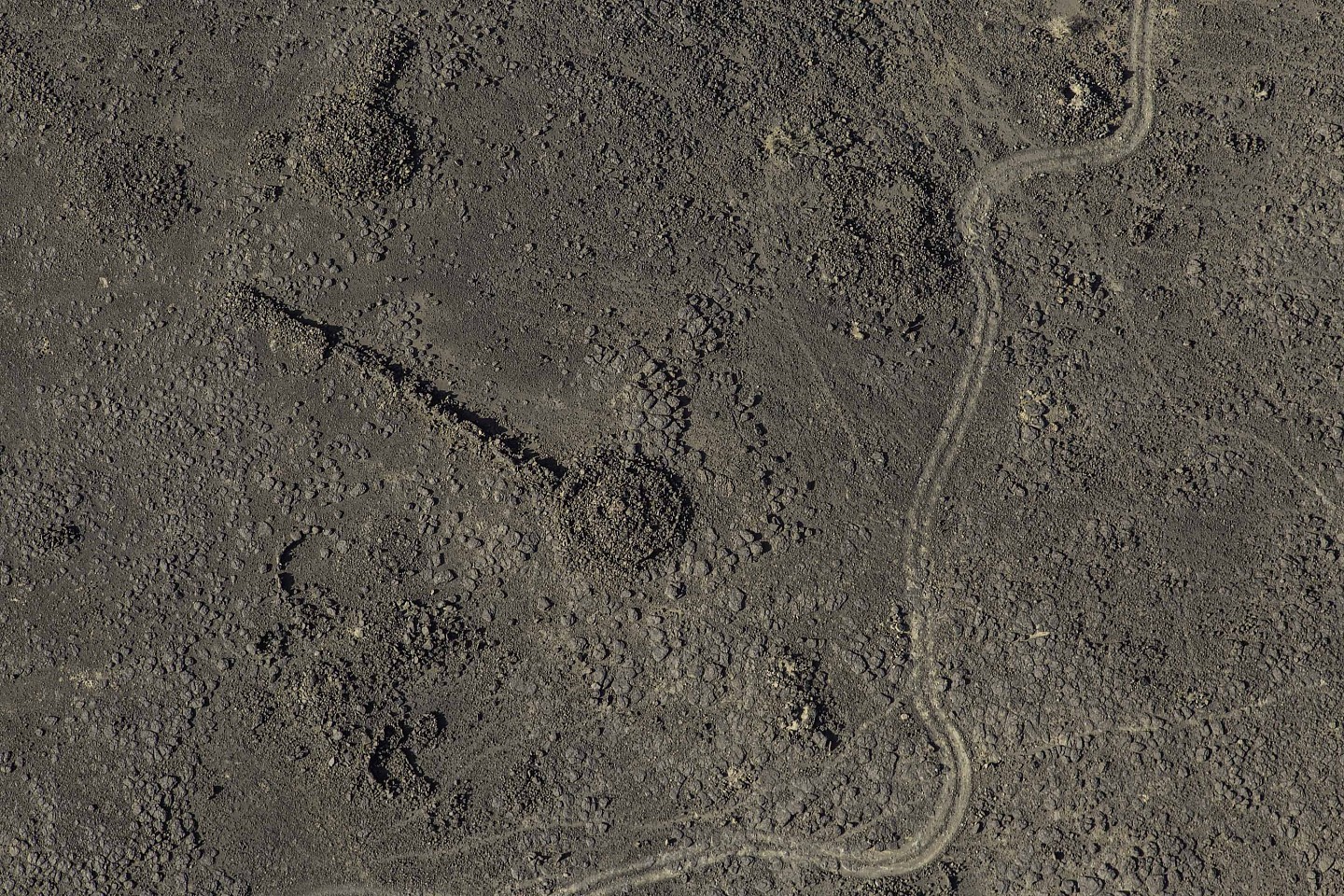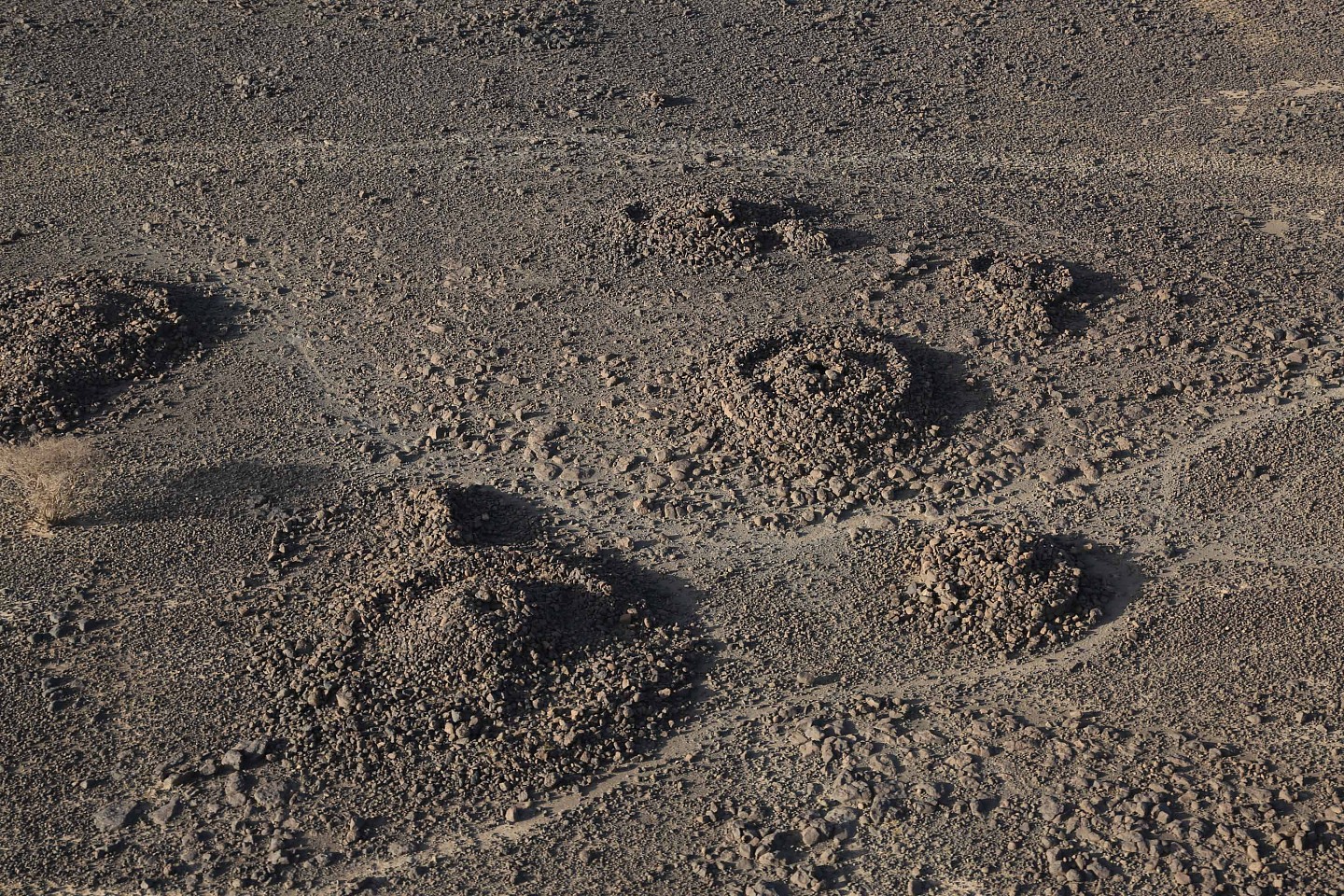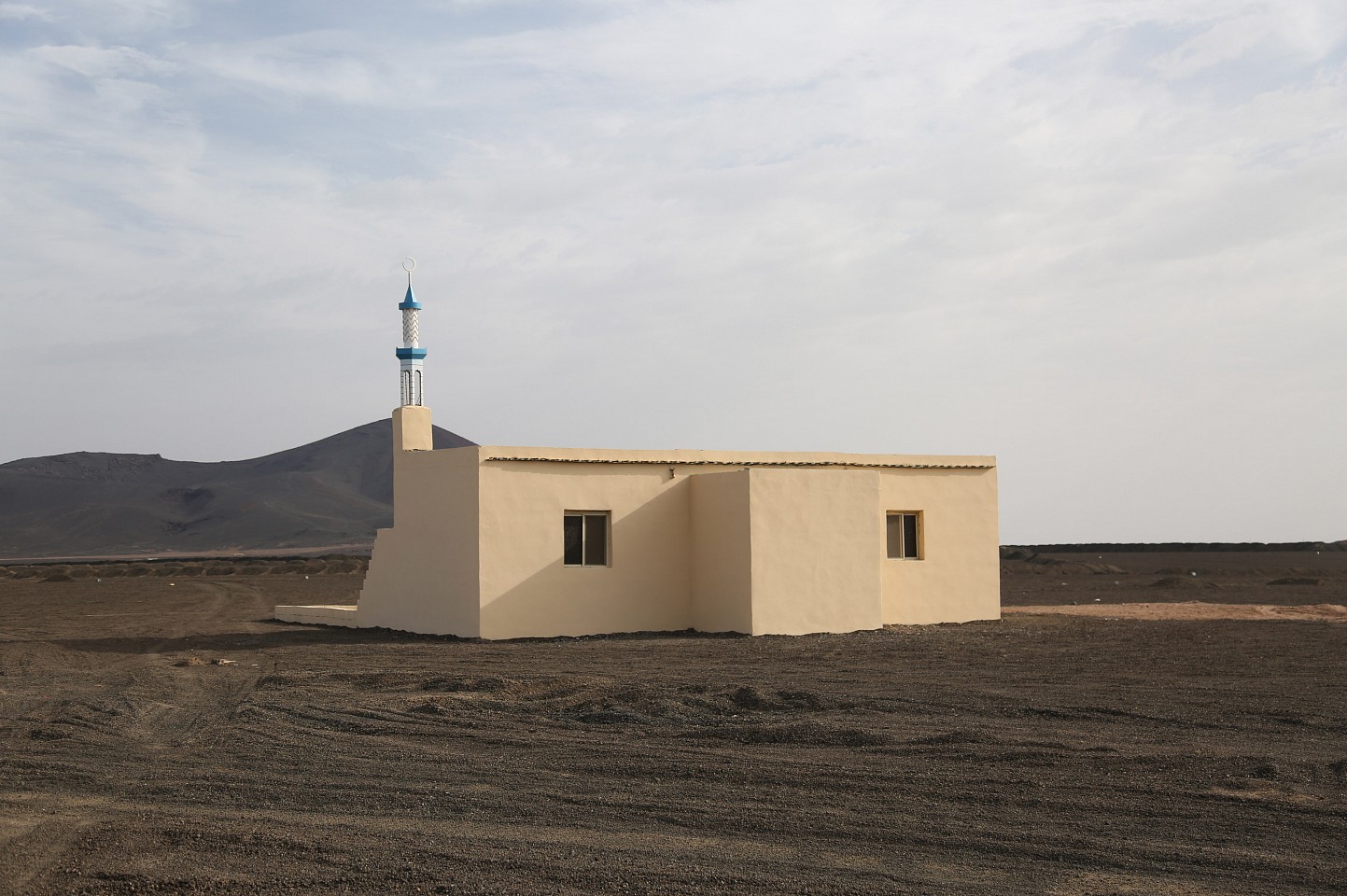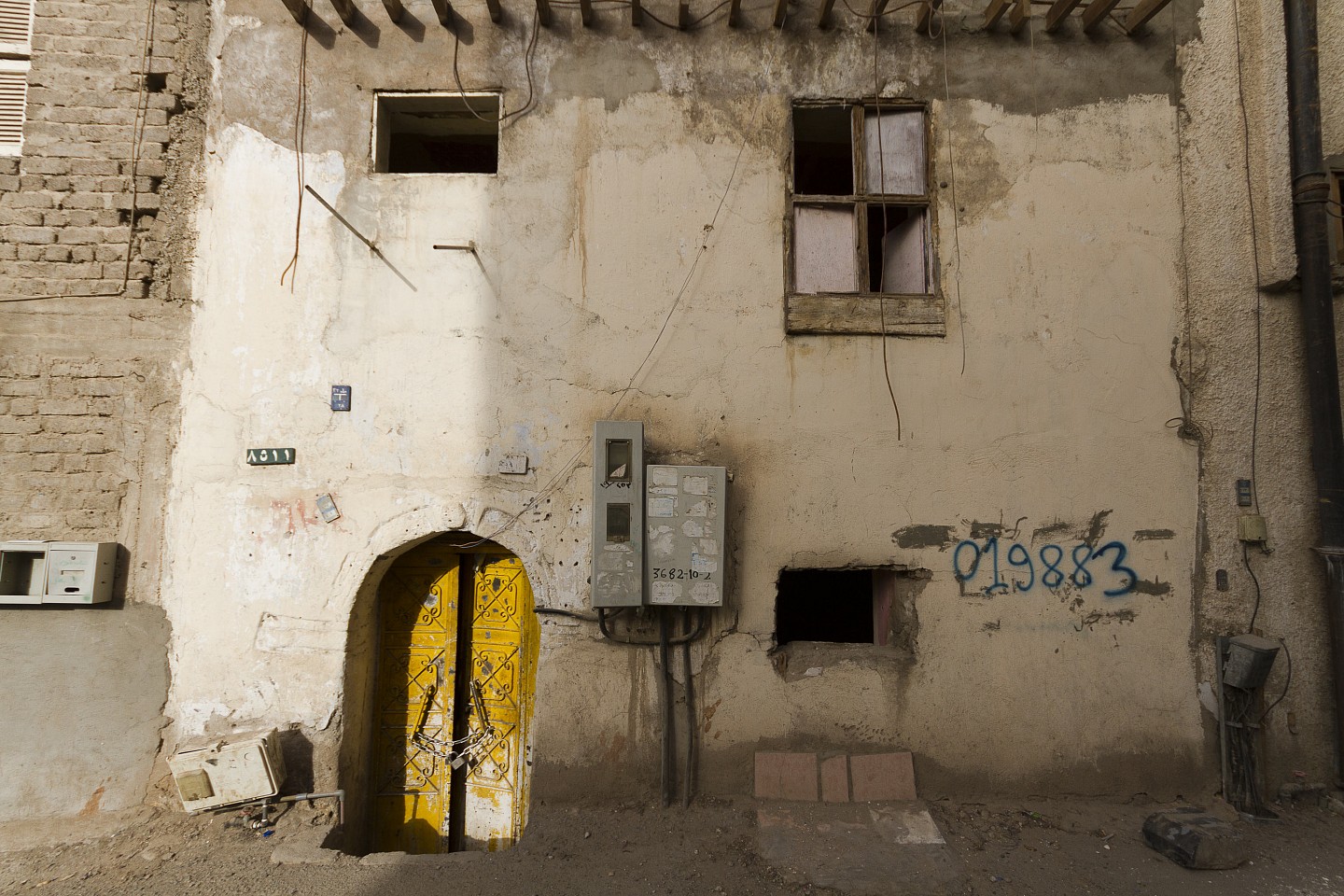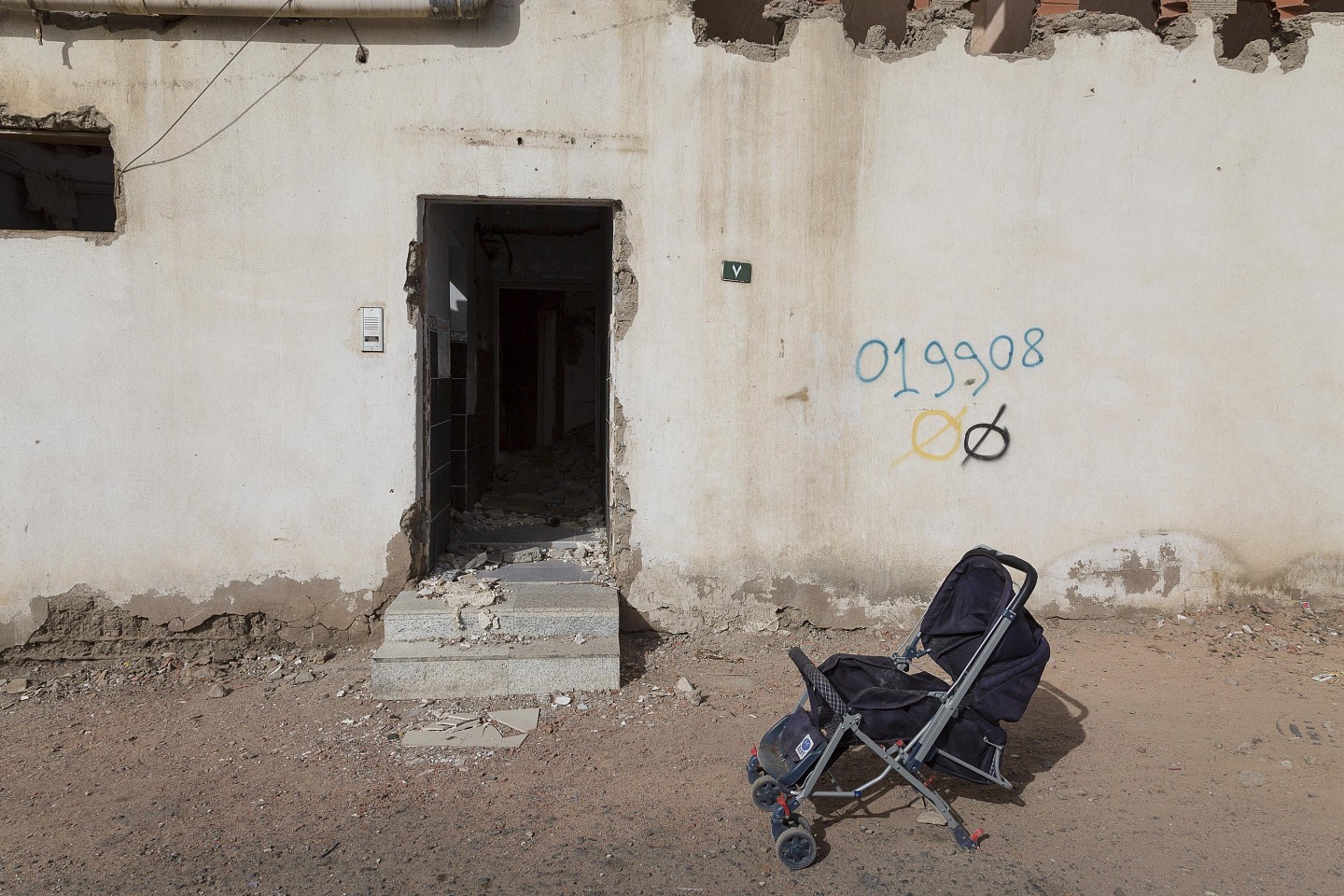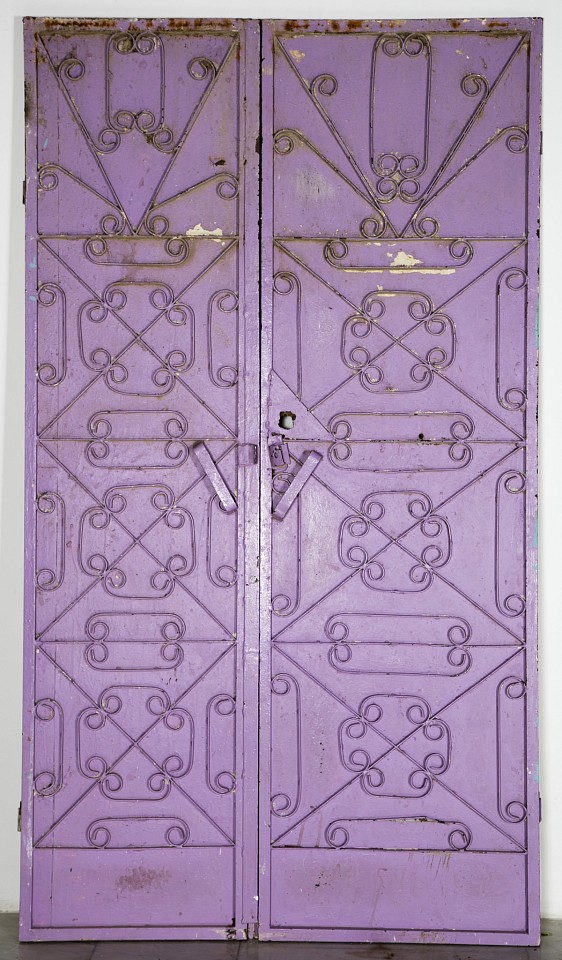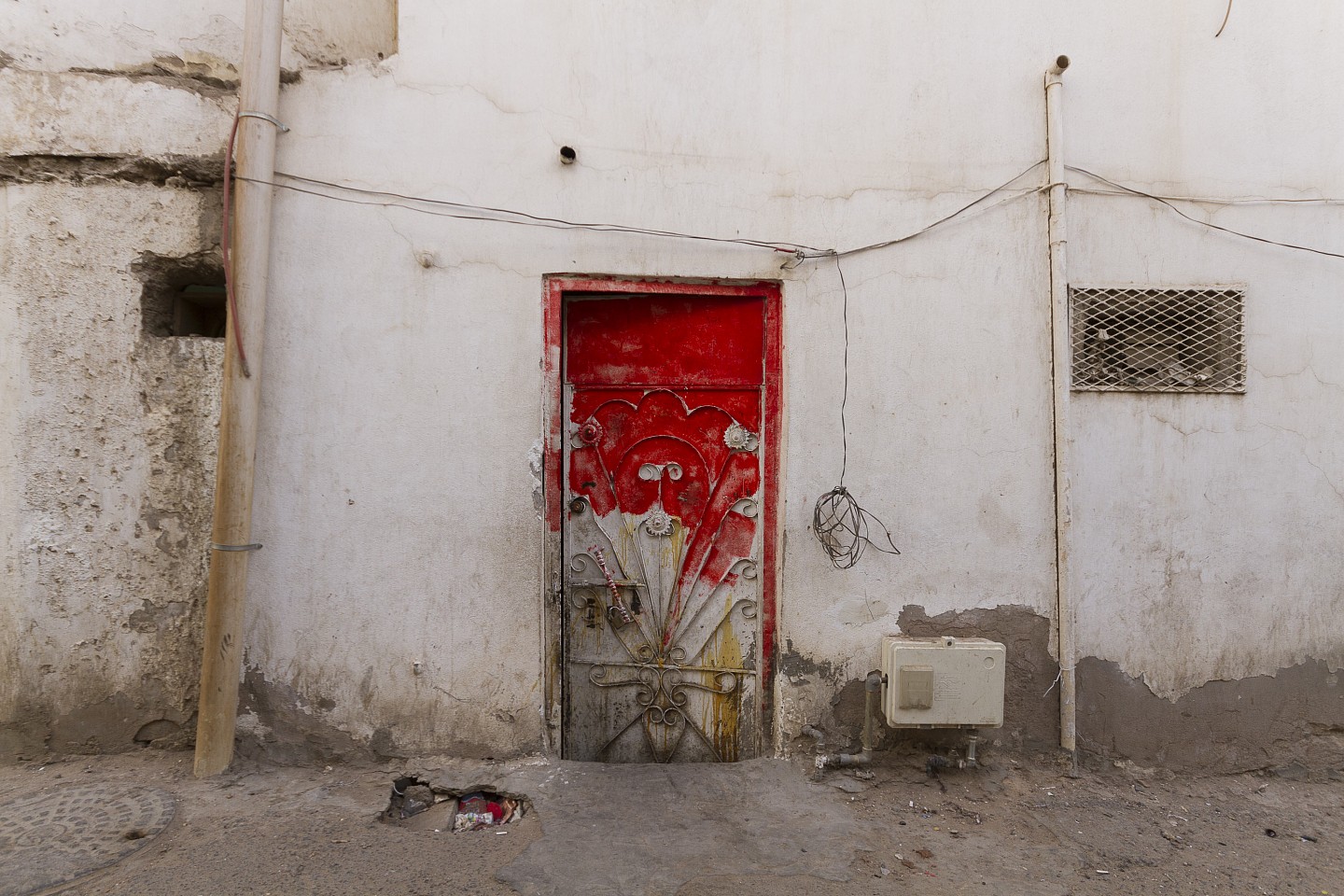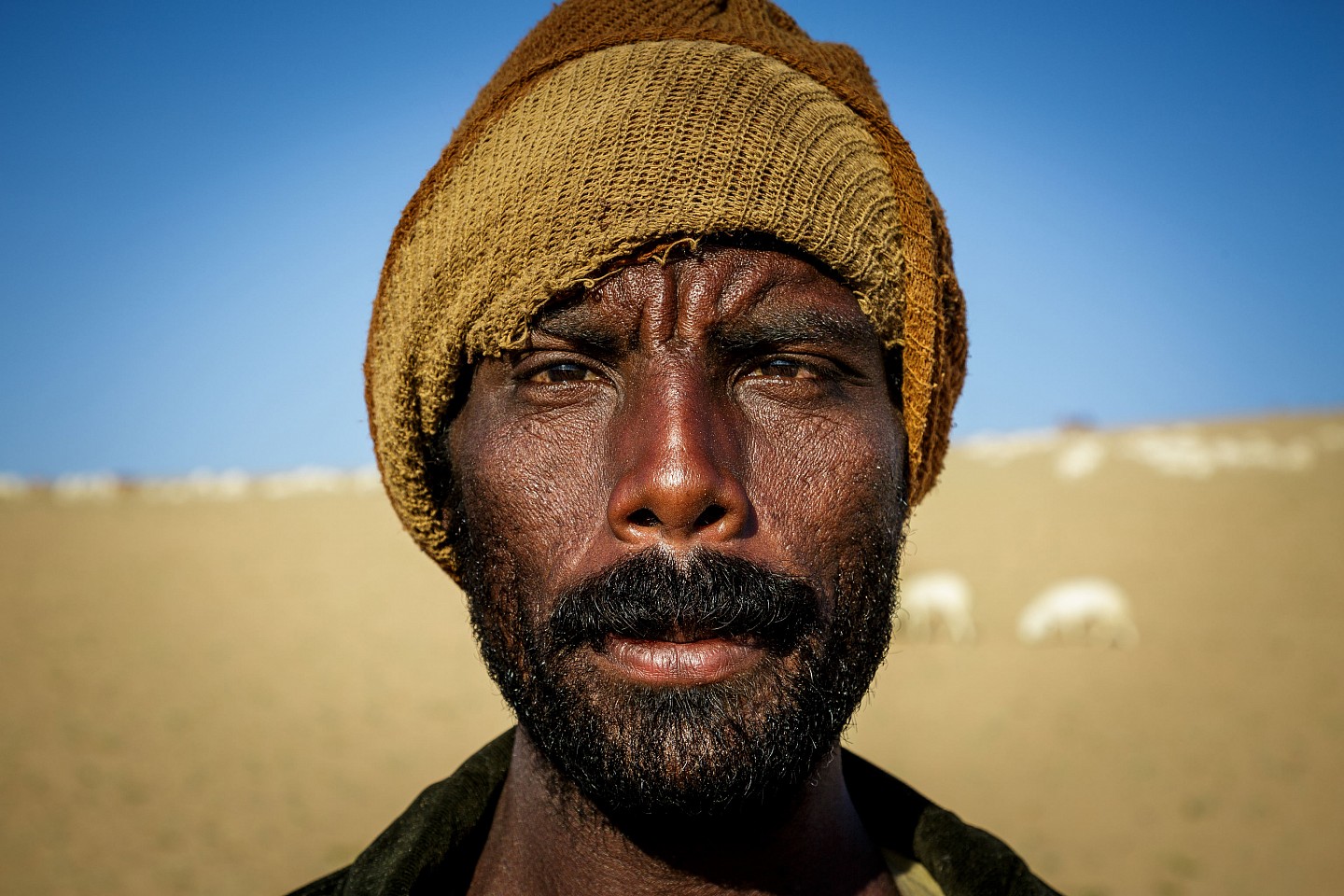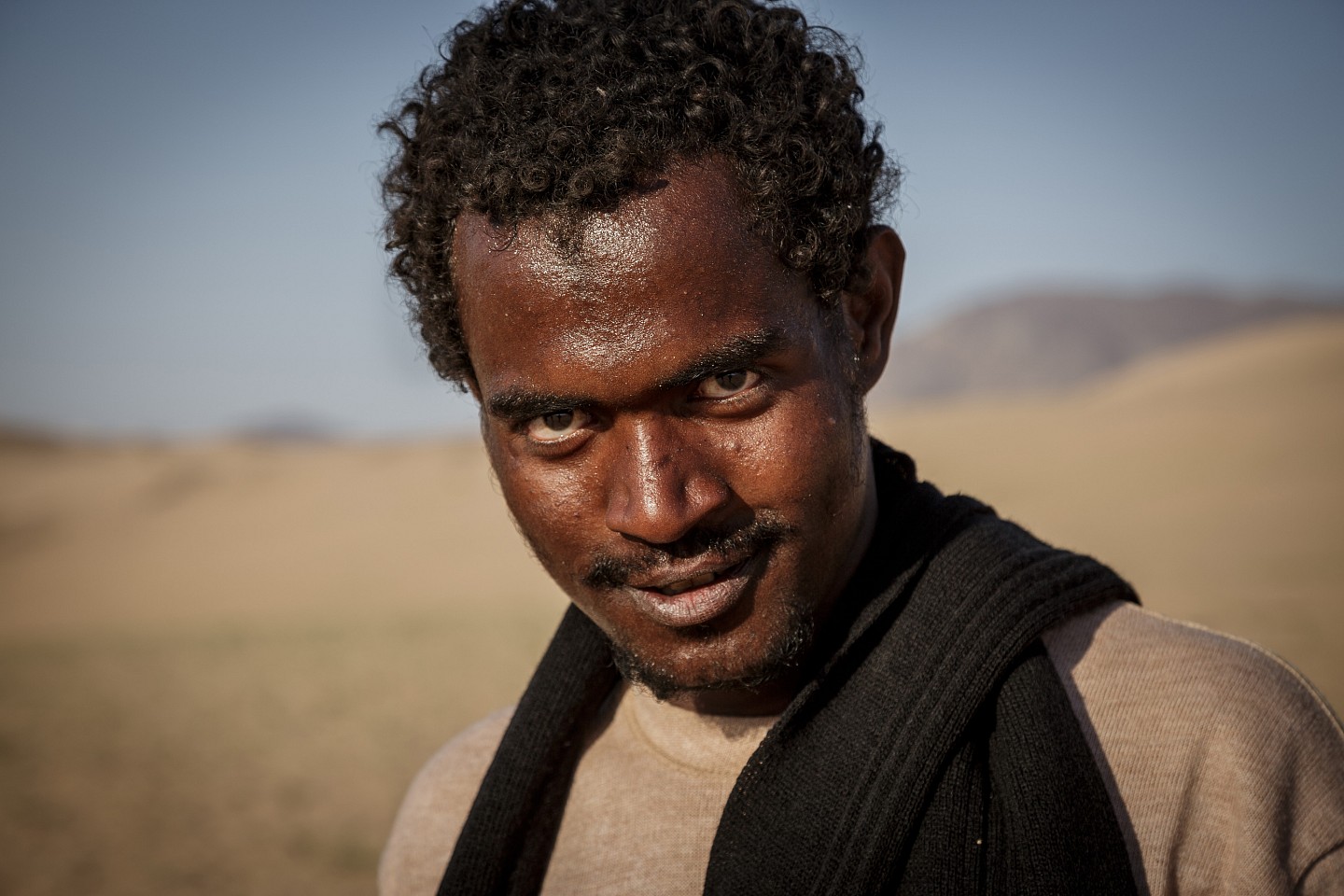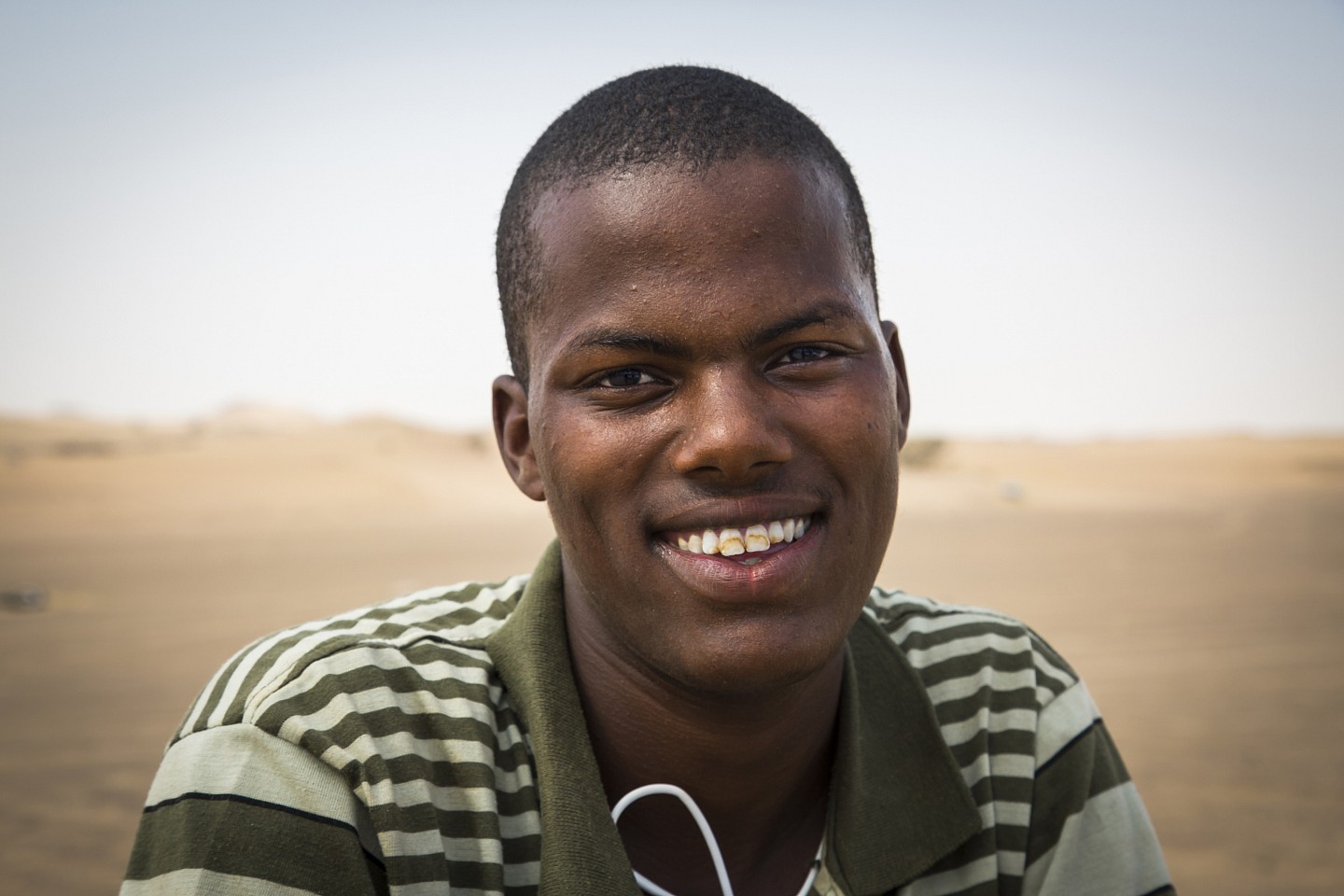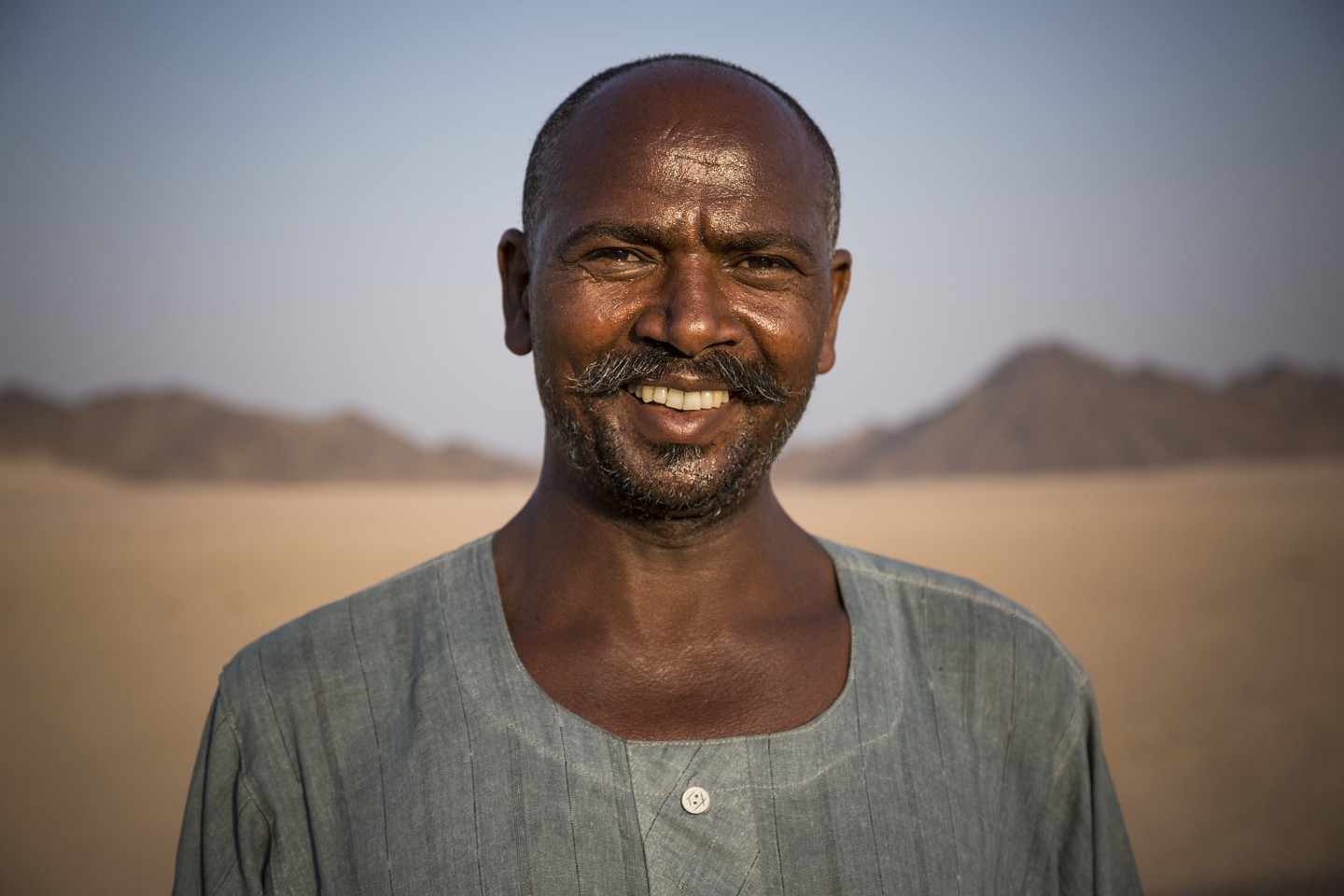Moath Alofi
Jabal and Jubal from the People of Pangaea series, 2018
Hahnemuhle Photo Rag Baryta 315gsm
73 x 109.5 cm
MAO0088
Moath Alofi
Japheth from the People of Pangaea series, 2018
Hahnemuhle Photo Rag Baryta 315gsm
145 x 218 cm
MAO0084
Moath Alofi
Mehujael from the People of Pangaea series, 2018
Hahnemuhle Photo Rag Baryta 315gsm
145 x 218 cm
MAO0086
Moath Alofi
Naamah from the People of Pangaea series, 2018
Hahnemuhle Photo Rag Baryta 315gsm
MAO0090
Moath Alofi
Tubal-Cain 02 from the People of Pangaea series, 2018
Hahnemühle Photo Rag Baryta 315gsm
MAO0114
Moath Alofi
The Last Tashahhud III, 2017
Acrylic / prints on lightbox
MAO0040
Moath Alofi
The Last Tashahhud XII, 2017
Acrylic / prints on lightbox
MAO0058
Moath Alofi
019883 From Doors of Barlik series, 2016
Pigment Print Mounted on Dibond
MAO0013
Moath Alofi
019908 From Doors of Barlik series, 2016
Pigment Print Mounted on Dibond
MAO0015
Moath Alofi
Al-Etin I From Doors of Barlik series, 2016
Steel
MAO0022
Moath Alofi
Gurban From Doors of Barlik series, 2016
Pigment Print Mounted on Dibond
MAO0014
Moath Alofi
Shepherd I from The Shepherd series, 2016
Photographic print
MAO0060
Moath Alofi
Shepherd III from The Shepherd series, 2016
Photographic print
MAO0063
Moath Alofi
Shepherd X from The Shepherd series, 2016
Photographic print
MAO0069
Moath Alofi
Shepherd XII from The Shepherd series, 2016
Photographic print
MAO0071















A series of photographs taken from the air tread the line between reality and fiction. The scapes, be it landscapes, desertscapes, even moonscapes, offer a multiplicity of possibilities as to where their locality could be or where their origins stem from. Raising more questions than diffusing answers, these images present wonders in no uncertain terms.
The photographs of these anomalous formations, the oldest of which believed to be 9,000 years old, are aerial views shot over the vicinity of the holy city of Medina. The patterns created across the land are recognised as either gates, kites or keys, identified by pilots in the early 1920’s. They each occupy vast areas of land through a very ordered and distinct placement of the volcanic rock.
The artist’s selection of this body of work to reflect on the exhibition concept questions history on the value of its past in its relationship with the present. Being born and raised in Medina, the artist does not recall any mentioning of these mysterious structures; and yet, they have been known of since 1920s. Would the knowledge of their existence have changed his understanding of the present? Would it have impacted his interpretation of the past?
A series of photographs taken from the air tread the line between reality and fiction. The scapes, be it landscapes, desertscapes, even moonscapes, offer a multiplicity of possibilities as to where their locality could be or where their origins stem from. Raising more questions than diffusing answers, these images present wonders in no uncertain terms.
The photographs of these anomalous formations, the oldest of which believed to be 9,000 years old, are aerial views shot over the vicinity of the holy city of Medina. The patterns created across the land are recognised as either gates, kites or keys, identified by pilots in the early 1920’s. They each occupy vast areas of land through a very ordered and distinct placement of the volcanic rock.
The artist’s selection of this body of work to reflect on the exhibition concept questions history on the value of its past in its relationship with the present. Being born and raised in Medina, the artist does not recall any mentioning of these mysterious structures; and yet, they have been known of since 1920s. Would the knowledge of their existence have changed his understanding of the present? Would it have impacted his interpretation of the past?
A series of photographs taken from the air tread the line between reality and fiction. The scapes, be it landscapes, desertscapes, even moonscapes, offer a multiplicity of possibilities as to where their locality could be or where their origins stem from. Raising more questions than diffusing answers, these images present wonders in no uncertain terms.
The photographs of these anomalous formations, the oldest of which believed to be 9,000 years old, are aerial views shot over the vicinity of the holy city of Medina. The patterns created across the land are recognised as either gates, kites or keys, identified by pilots in the early 1920’s. They each occupy vast areas of land through a very ordered and distinct placement of the volcanic rock.
The artist’s selection of this body of work to reflect on the exhibition concept questions history on the value of its past in its relationship with the present. Being born and raised in Medina, the artist does not recall any mentioning of these mysterious structures; and yet, they have been known of since 1920s. Would the knowledge of their existence have changed his understanding of the present? Would it have impacted his interpretation of the past?
A series of photographs taken from the air tread the line between reality and fiction. The scapes, be it landscapes, desertscapes, even moonscapes, offer a multiplicity of possibilities as to where their locality could be or where their origins stem from. Raising more questions than diffusing answers, these images present wonders in no uncertain terms.
The photographs of these anomalous formations, the oldest of which believed to be 9,000 years old, are aerial views shot over the vicinity of the holy city of Medina. The patterns created across the land are recognised as either gates, kites or keys, identified by pilots in the early 1920’s. They each occupy vast areas of land through a very ordered and distinct placement of the volcanic rock.
The artist’s selection of this body of work to reflect on the exhibition concept questions history on the value of its past in its relationship with the present. Being born and raised in Medina, the artist does not recall any mentioning of these mysterious structures; and yet, they have been known of since 1920s. Would the knowledge of their existence have changed his understanding of the present? Would it have impacted his interpretation of the past?
The Shaikh Ebrahim bin Mohammed Al Khalifa Center for Culture and Research is pleased to announce the exhibition “The Remnants,” the first regional solo exhibition by Saudi photographer Moath Al Ofi. The exhibition is a collaboration between the Shaikh Ebrahim Center and Athr Gallery, Jeddah
Moath Al Ofi’s first regional solo exhibition, “The Remnants,” presents his ongoing social and anthropological exploration of Medina, the holy city in his native Saudi Arabia. Al Ofi sheds light on certain aspects of the human, environmental and architectural landscape by casting an otherwise unforeseen gaze, all the while conversely igniting mystery and questions around the very subjects themselves. The meticulous detail in his photography serves to not only set the scene but immerse you in a time and space that would otherwise remain alien should it not be for his insight. The Remnants strives to share, that amidst silence, desolation and abandonment, stories of distant histories can rise before a contemporary backdrop.

